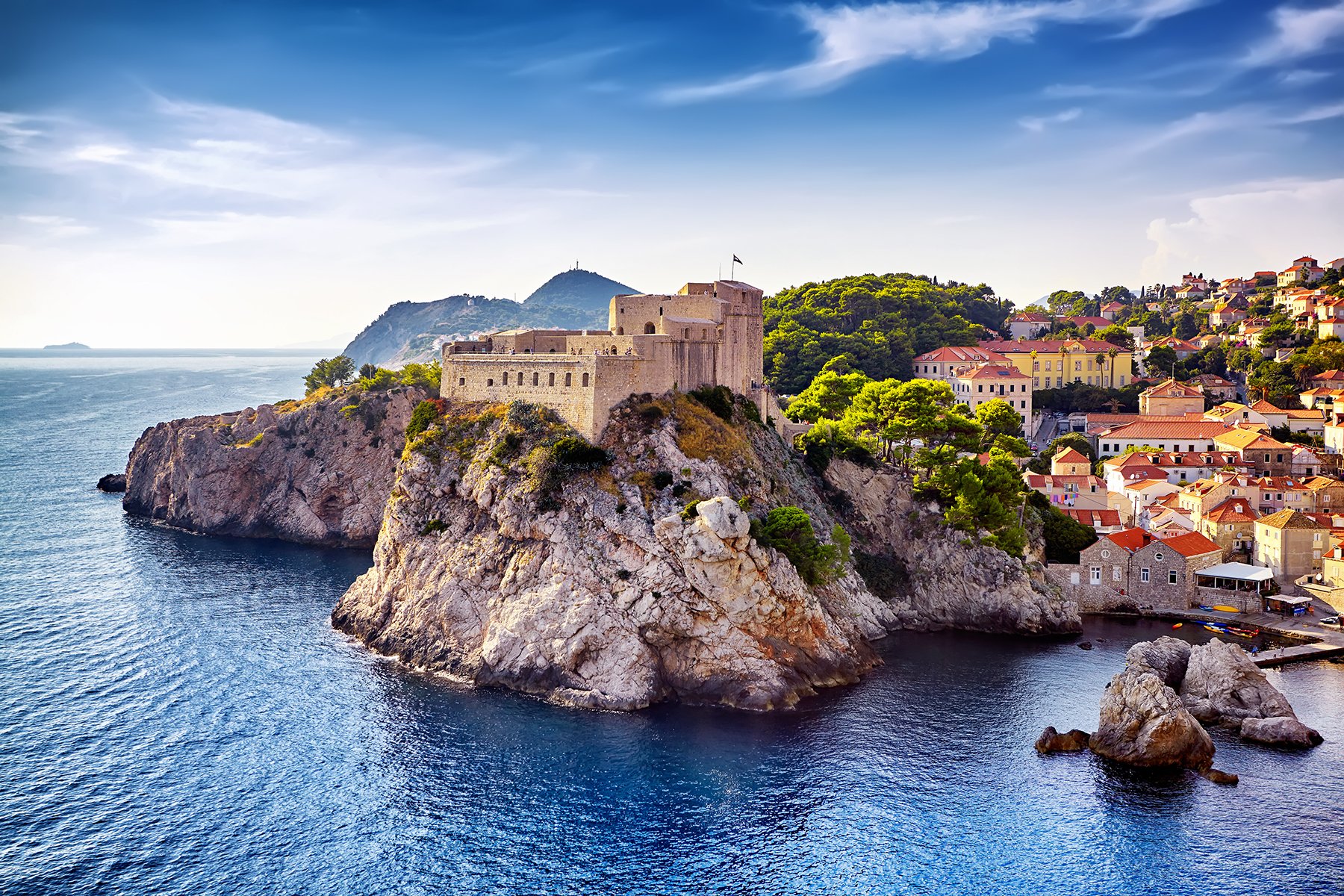Ongoing volcanic eruptions in Hawaii and Guatemala are leading to speculation that volcanism in general may be on an upswing. The anecdotal evidence, at least, is tantalizing: There have been about 25 major eruptions around the world from 2000 to 2018, compared to 65 for the entire 20th Century.
Most volcanologists are withholding judgment, but the tragic impacts of the current events are clear. Pyroclastic flows from the abrupt and violent eruption of Guatemala’s Fuego Volcano have killed about 110 people, and at least 200 are still missing. No one has died in the Kilauea eruptions, and the lava flows have affected a relatively small portion of the Big Island; still, entire communities have been devastated.
“This is a big event affecting a lot of people,” says Michael Manga, UC Berkeley professor of Earth and Planetary Science and MacArthur Fellow. “A lot of homes have been destroyed, major highways that people rely on have been covered, and the entire community of Kapoho Bay has been wiped out. It was a beautiful place, one of my favorite places to swim in the Hawaiian Islands.”
The eruptions aren’t really new, says Manga. Kilauea has been erupting more or less steadily since 1983, though the current events “are very vigorous, much bigger than anything we’ve seen for some time. Lava is draining from the summit, and that’s causing some significant hazards, including the explosions we’ve recently seen. As lava levels drop, water enters the magma chamber, generating these explosive events.”
Such explosions are somewhat anomalous for Kilauea and the other active volcano on the Big Island, Mauna Loa. That’s because they’re shield volcanoes, a variant characterized by basaltic lava that is smooth and liquid.
To a real degree, human activity may factor into some volcanic eruptions. Or more accurately, climate change spurred by anthropogenic greenhouse gas emissions is likely playing a role.
“It has the consistency of honey, which is why it flows easily, forming these dramatic lava ‘rivers’ that we’re now seeing,” Manga says. “Unless it hits large quantities of groundwater, it usually isn’t expelled through explosions.”
That’s not the case with stratovolcanoes, the other, familiar species of lava-spewing mountain. Stratovolcanoes produce lava that is heavier in consistency than that generated by shield volcanoes, says Manga—more like asphalt than honey. So instead of flowing freely out of craters and fissures, forming the long, gently sloping eponymous “shields” of shield volcanoes, the lava is blown out with huge quantities of ash. This material accretes, creating characteristically pyramidal “cinder cones.” When most people think of volcanoes, it’s these stratovolcanoes that come to mind (think: Mount Fuji). The west coast of the continental United States is dotted with them, including Mount Shasta and Mount Lassen in California.
The ash- and bitumen-laden lava produced by a stratovolcano effectively clogs the vent, turning it into a literal pressure cooker. As magma levels climb beneath the blocked cinder cone, pressures spiral until the volcano explodes, often catastrophically, as is now happening with Fuego in Guatemala. The spectacular eruption—more properly, disintegration—of Mount St. Helens in Washington is a more extreme example of such eruptions. Even more catastrophic was the massive 1991 explosion of Mount Pinatubo in the Philippines, which ended five centuries of quiescence.
No one should expect Kilauea to wrap things up soon, given that the recent flows are simply the latest episode in a decades-long continuum of eruptions rather than a discrete event, says Manga. And people should brace for consequences that extend beyond buried highways and burned-out homes.
“When you get those big plumes of ash that we’re seeing, it presents a real hazard to aircraft,” Manga says. “And I think there will be long-term impacts on public health due to all the gas and ash. But these events also provide a window into how the earth works. I think we’re going to learn a lot about Hawaiian volcanoes—even volcanoes in general—from these eruptions.”
To a real degree, human activity may factor into some volcanic eruptions. Or more accurately, climate change spurred by anthropogenic greenhouse gas emissions is likely playing a role.
“As ice sheets come and go [through geologic eras], volcanoes respond,” says Manga. “Basically, big sheets of glacial ice press down on volcanoes and inhibit eruptions. When the ice melted during the end of the last Ice Age, Iceland’s volcanoes became more active. And we’ve also been able to correlate California’s volcanic activity with glacial cycles. As the ice melts [at the poles], we should expect more eruptions. And it’s not just in the polar regions. Stratovolcanoes tend to be high, and even ones in temperate zones often have glaciers at or near their summits. So as the glaciers retreat, volcanic activity could increase.”
“Volcanology has advanced rapidly in the last few decades as our ability to take measurements from both the ground and space has increased.”
Much of Manga’s work focuses on the 800-pound gorilla of all volcanic phenomena: the supervolcano. These supervolcanoes are gigantic depressions (or calderas) in the earth that contain congruently massive pools of magma. They can erupt in spectacular fashion, abruptly launching hundreds of cubic kilometers of ash and gas into the atmosphere. The planet’s best-known extant supervolcano underlies Yellowstone National Park. It blew about 640,000 years ago, sending approximately 1,000 cubic kilometers of ejecta skyward. If such an explosion happened today, tens of thousands of people would die in the short term, much of North America would be covered in ash, and worldwide temperatures could plummet for two years or more, disrupting food production and leading to global famine and civil chaos.
But Yellowstone isn’t the only supervolcano in North America. California harbors the Long Valley Caldera close to Mammoth Mountain in the eastern Sierra Nevada. Long Valley exploded about 760,000 years ago, venting about 600 cubic kilometers of magma. Manga pursues much of his research here, and there is much to occupy him and his students: Like Yellowstone, Long Valley is considered active.
“I’m about to lead some undergraduates in a field geology camp there, and we’ll be measuring gravity changes within the caldera,” Manga says. “As conditions change inside a caldera, the gravity changes. If you see relatively large changes, it likely means that magma is moving. Smaller changes probably mean water transport. These measurements go back to the 1980s and 1990s and then were suspended, but we’re reinstating them. We’re also using seismic waves to derive images of subsurface features.”
Seismic readings typically deliver results that “are ambiguous and can be interpreted in a number of ways,” says Manga, but some trends at Long Valley are clear. A lot of gas is venting outside the caldera near Mammoth Mountain, and the ground surface within the caldera is rising.
“The question is whether magma is moving or the activity is hydrothermal [water circulating through the earth’s crust],” says Manga. “There’s a lot of controversy regarding Long Valley, but the potential for an eruption can’t be discounted. Based on the work we’ve done so far, we can’t resolve the debate. But ultimately, I’m sure we will. Volcanology has advanced rapidly in the last few decades as our ability to take measurements from both the ground and space has increased. Within 50 years, I think we’ll be able to forecast eruptions with the same degree of accuracy that we now see with weather.”



















